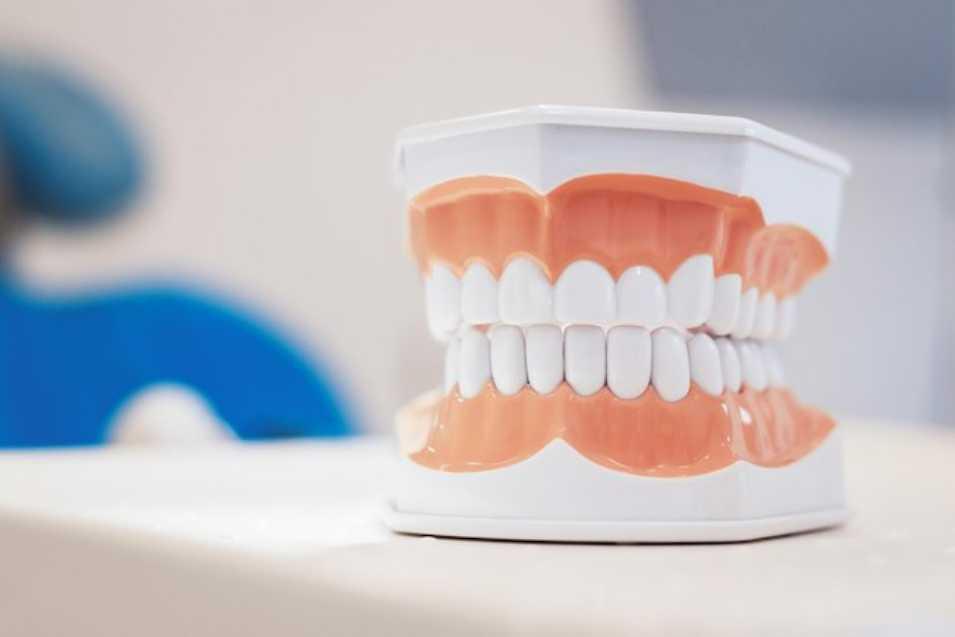Welcome to our comprehensive guide on osseous surgery, a dental procedure to treat periodontal disease and preserve oral health.
This article will delve into the details of osseous surgery, including its purpose, procedure, and recovery. Whether you are considering osseous surgery or simply seeking to understand this dental treatment, this guide will provide you with valuable insights and information.
What is Osseous Surgery?
Osseous surgery, sometimes referred to as pocket reduction surgery, is a dental operation conducted by periodontists with the aim of treating moderate to severe periodontal disease.
The objective of this surgical procedure is to eradicate or diminish the gingival pockets resulting from periodontal disease, with the goal of halting the progression of damage to the periodontal tissues and alveolar bone that provide support to the dentition.
Osseous surgery is an oral health procedure that aims to enhance oral well-being and mitigate the risk of tooth loss by eliminating infections and restoring damaged bone.
Related Article: Does Medicare Cover Dental Implants?
Why is Osseous Surgery Necessary?
The bone and tissues that hold teeth in place can be destroyed by periodontal disease, often known as gum disease. If left untreated, it can result in various oral health issues, including gum recession and tooth loss. Moreover, gum disease has been linked to systemic health conditions such as heart disease, diabetes, and stroke.
Osseous surgery becomes necessary when nonsurgical treatments are insufficient in managing advanced gum disease. Early detection and proper oral hygiene practices can help prevent the need for osseous surgery.

Osseous Surgery Cost
The cost of osseous surgery, a procedure used to treat severe gum disease, can vary depending on several factors. These factors include the severity of the gum disease, the number of appointments required, additional procedures needed, and the necessity of dental sedation. Additional procedures that may be necessary include antibiotic treatment, root planing, bone grafts, sinus lifts, and tooth extraction.
CT scans and X-rays may be required to gather the necessary information concerning how much damage your teeth, gums, and jawbone have sustained from your gum disease. Costs of these diagnostic exams range from $150-$400.
Consult with your dental insurance provider or healthcare professional about financing options and insurance coverage. It is possible for there to be variations in insurance coverage for osseous surgery depending on both the insurance plan and the degree to which the gum disease has progressed.
Some dental insurance policies may cover all of the costs, while others may only pay for a portion of them and demand prior authorization for certain procedures or have other restrictions.
Reviewing your insurance policy or speaking with a representative to understand the coverage details and potential out-of-pocket expenses is crucial.
Related Article: Laser Assisted Periodontal Therapy
The Osseous Surgery Procedure
Preparation for Osseous Surgery
Before undergoing osseous surgery, it is essential to prepare adequately. Your periodontist will provide specific instructions based on your individual circumstances. Generally, you may be advised to continue taking prescription medications unless otherwise directed.
However, discussing any blood-thinning medications with your healthcare provider is important, as they may need to be temporarily discontinued. Additionally, eating a nutritious meal before the procedure is recommended, as it can contribute to a smoother recovery. If sedation dentistry is chosen, transportation arrangements should be made.
Related Article: Fluoride Treatment at Home
The Process of Osseous Surgery
During osseous surgery, your periodontist will perform a series of steps to treat periodontal disease and restore oral health effectively. The procedure typically involves the following:
1. Anesthesia Administration: Your periodontist will administer anesthesia to numb the teeth and gums. Sedation dentistry may also be an option for those who experience anxiety or discomfort during dental procedures.
2. Incision and Access: Minor surgery entails cutting the gum line to expose the tooth roots and bone.
3. Cleaning and Debridement: The periodontist carefully cleans the root surfaces, removing dental plaque and bacteria that contribute to gum disease.
4. Bone Reshaping: The bone surrounding the teeth is reshaped to eliminate deep pockets and areas of damage. This step aims to prevent the reattachment of plaque and bacteria.
5. Bone Regeneration: In cases of significant bone loss, your periodontist may utilize bone grafts or membranes to stimulate bone regeneration and promote healing.
6. Gum Repositioning: The gums are repositioned to ensure proper coverage of the teeth roots and support their stability.
7. Closure and Healing: The incisions are closed with stitches, allowing the gums to heal properly.
Duration of Osseous Surgery
The duration of osseous surgery depends on the number of teeth requiring treatment. Typically, the procedure takes around 30 to 60 minutes.
Recovery and Post-Surgical Care
Recovery Time after Osseous Surgery
The recovery period following osseous surgery varies depending on individual factors, such as the number of teeth treated and the severity of the condition. On average, patients can expect two to four weeks to recover.
During this time, it is important to follow post-surgical care instructions provided by your periodontist.
Managing Post-Surgical Discomfort
It is normal to experience some discomfort after osseous surgery. Common side effects may include soreness, bleeding, swelling, and bruising.
How long does the pain last after osseous surgery?
Although healing takes about one month after bone surgery, the pain usually goes away within two days.
How painful is osseous surgery?
You will not feel pain due to anesthesia during the surgery. After the operation, you will get rid of the pain in a few days.
To alleviate discomfort and promote healing, it is essential to follow these post-surgical care tips:
- Take prescribed medications as directed by your periodontist.
- Use an antibacterial mouthwash recommended by your periodontist to keep the surgical site clean.
- Consume soft foods that require minimal chewing during the initial recovery period.
- It is advised to abstain from smoking and consuming alcohol for a minimum duration of 24 hours before to and following the treatment.
- Avoid using straws for at least a week to prevent dislodging blood clots and interfering with healing.
When can I brush my teeth after osseous surgery?
During the initial recovery period, avoid brushing your teeth for at least ten days to prevent dislodgement of blood clots at the surgery site.
Related Article: Jaw Surgery
